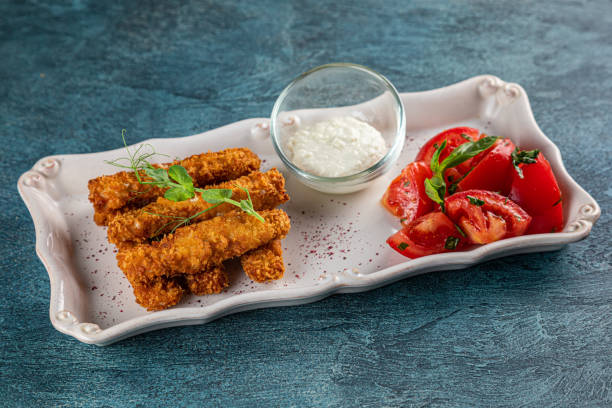In the pristine waters surrounding Iceland, an innovative approach to fishing is underway—one that goes beyond mere harvesting for sustenance or profit. It’s a scheme that aims to honor the age-old tradition of fishing while embracing modern sustainability principles: the comprehensive utilization of fish to eliminate waste. In a world grappling with environmental challenges, this Icelandic initiative serves as a beacon of hope, showcasing how resource management can intertwine with ecological stewardship.
Iceland’s relationship with the sea runs deep in its cultural and economic veins. For centuries, fishing has been the lifeblood of this Nordic island nation, shaping its identity and providing livelihoods for generations. However, as global awareness of sustainability issues grows, the fishing industry faces mounting pressure to adapt practices that preserve marine ecosystems and reduce waste.
Enter Iceland’s holistic fish utilization scheme—an ambitious endeavor that seeks to utilize every part of the fish, leaving nothing to waste. At its core lies a fundamental principle: respect for nature’s bounty and a commitment to maximizing its utility while minimizing environmental impact.
The concept may seem simple, yet its execution requires a delicate balance of innovation, tradition, and collaboration across the fishing industry. From catch to consumption, every stage of the process is meticulously planned to ensure efficiency and sustainability.
At the heart of the scheme lies the notion of “whole fish utilization.” Traditionally, fish processing plants would discard certain parts deemed less valuable or marketable, such as heads, skins, and bones. However, Iceland’s approach challenges this wasteful practice by finding creative ways to extract value from every component.
One notable example is the utilization of fish skins—a part often overlooked in traditional processing methods. In collaboration with researchers and entrepreneurs, Icelandic companies have developed techniques to transform fish skins into high-quality leather, opening up new markets and revenue streams while reducing waste.
Moreover, fish heads, once destined for disposal, now find purpose in the production of nutrient-rich fish meal and oil, used in animal feed and various industrial applications. This repurposing not only minimizes waste but also contributes to the circular economy by recycling valuable nutrients back into the system.
Beyond processing innovations, Iceland’s fish utilization scheme extends to consumer education and culinary exploration. By promoting the consumption of lesser-known fish species and advocating for nose-to-tail cooking practices, the initiative fosters a deeper appreciation for the diversity and versatility of seafood.
Through educational programs, cooking workshops, and partnerships with chefs, Iceland encourages consumers to embrace a more sustainable approach to seafood consumption—one that celebrates the entire fish and reduces demand for overexploited species.
However, the success of Iceland’s fish utilization scheme extends beyond its borders, serving as a model for global fisheries striving to enhance sustainability practices. By sharing knowledge, best practices, and technological innovations, Iceland demonstrates that effective resource management is not only achievable but also economically viable.
Collaboration between government agencies, industry stakeholders, and scientific institutions is essential in driving meaningful change. Iceland’s approach emphasizes transparency, accountability, and continuous improvement, laying the groundwork for a thriving and resilient fishing industry.
Moreover, Iceland’s commitment to sustainability extends beyond its domestic waters. As a member of international fisheries organizations and signatory to various agreements, Iceland plays an active role in shaping global policies and initiatives aimed at conserving marine resources and combating illegal, unreported, and unregulated (IUU) fishing.
The journey towards comprehensive fish utilization is not without its challenges. Adapting established practices, overcoming logistical hurdles, and navigating market dynamics require time, resources, and unwavering dedication. However, Iceland’s steadfast commitment to sustainability serves as a guiding light, inspiring others to follow suit in the quest for a more harmonious relationship between humanity and the oceans.
As the world grapples with the urgent need to address climate change, biodiversity loss, and food security, initiatives like Iceland’s fish utilization scheme offer a ray of hope. By harnessing the wisdom of tradition and the power of innovation, we can forge a path toward a more sustainable future—one where waste is minimized, ecosystems are preserved, and communities thrive in harmony with nature.
In the waters of Iceland, a profound transformation is underway—one that transcends mere industry practices and embodies a deeper ethos of stewardship and respect for the natural world. Through the comprehensive utilization of fish, Iceland charts a course toward a more sustainable and equitable future, inviting the world to join in the journey towards responsible resource management and environmental conservation.

